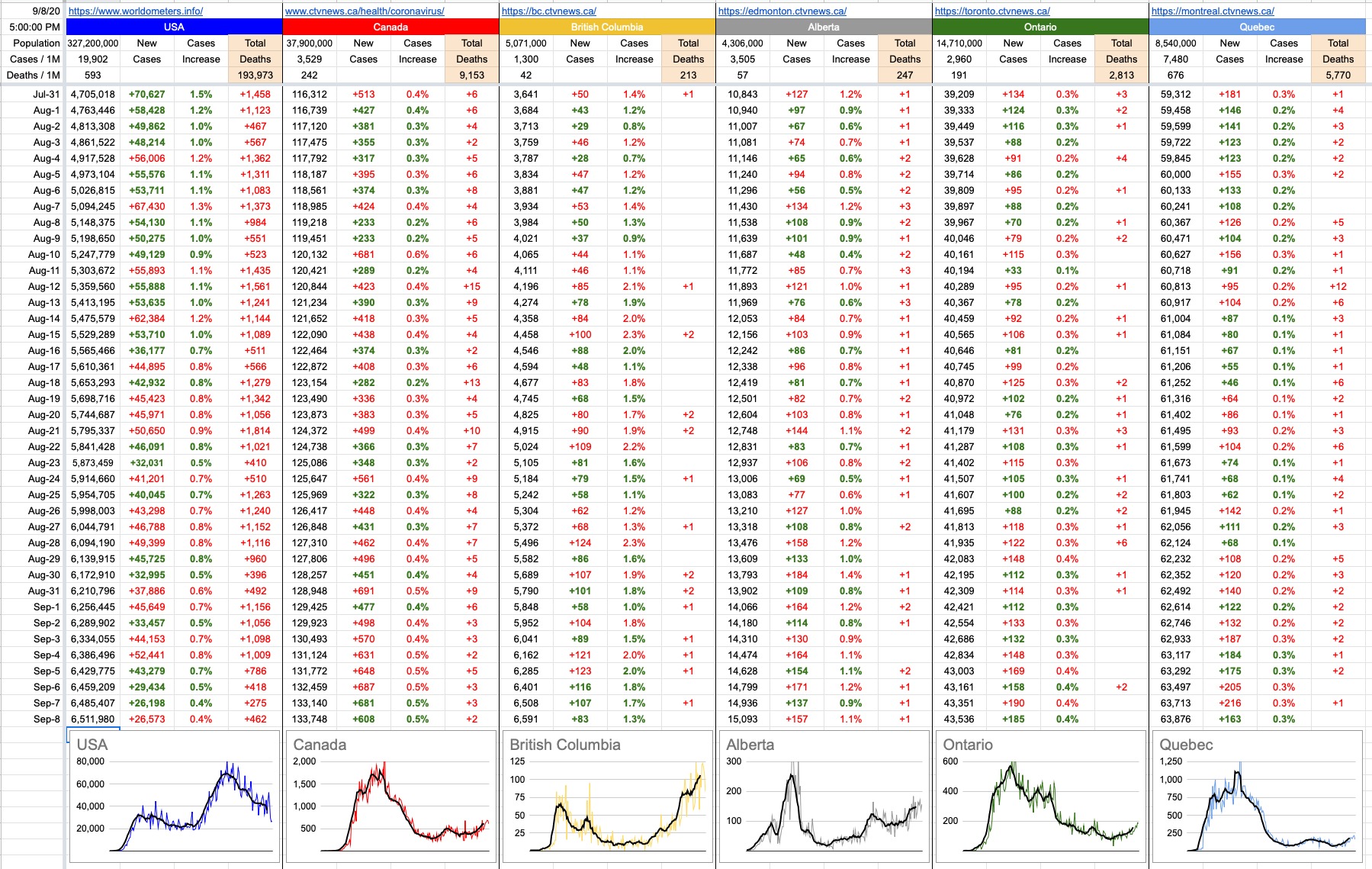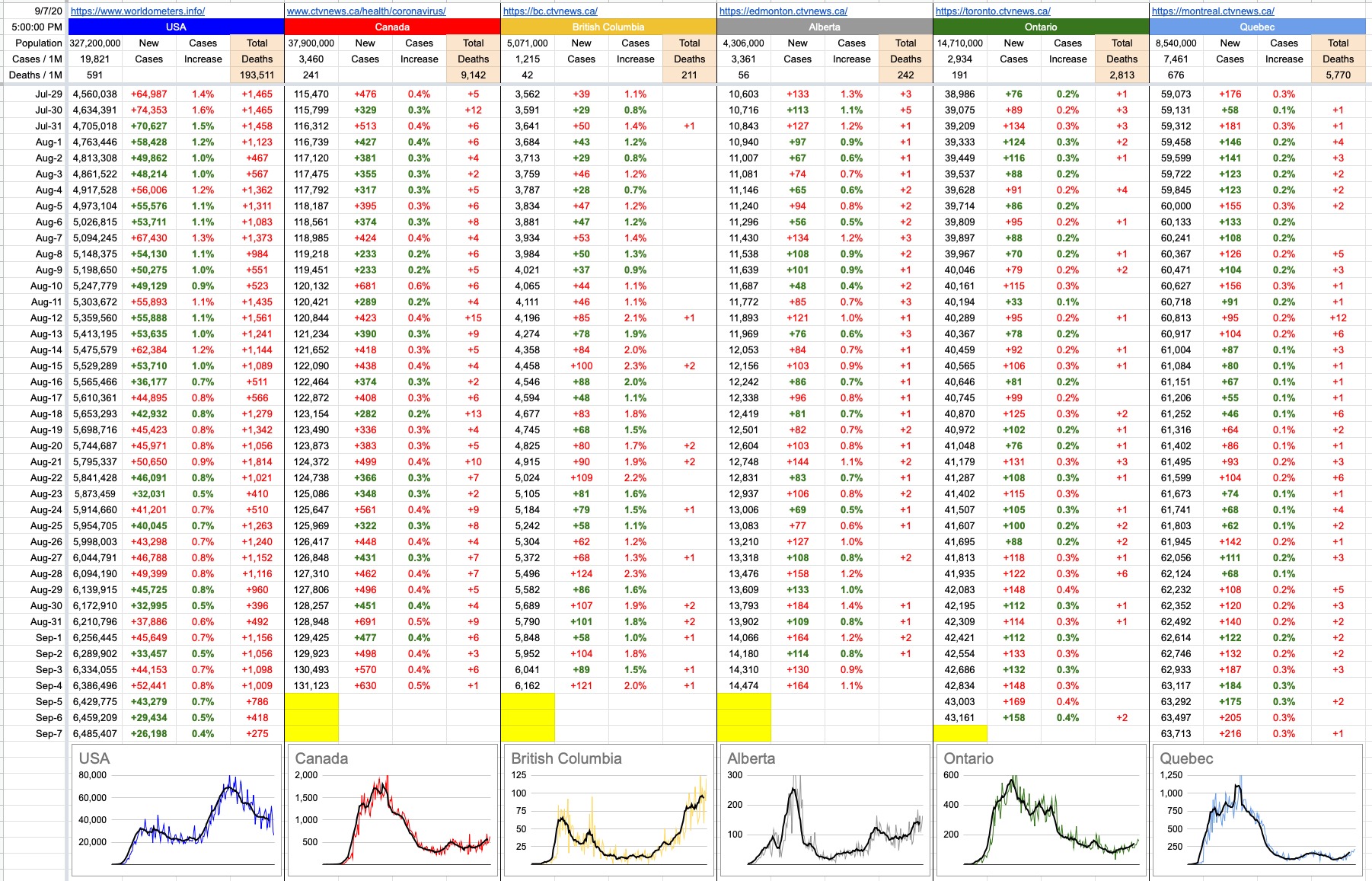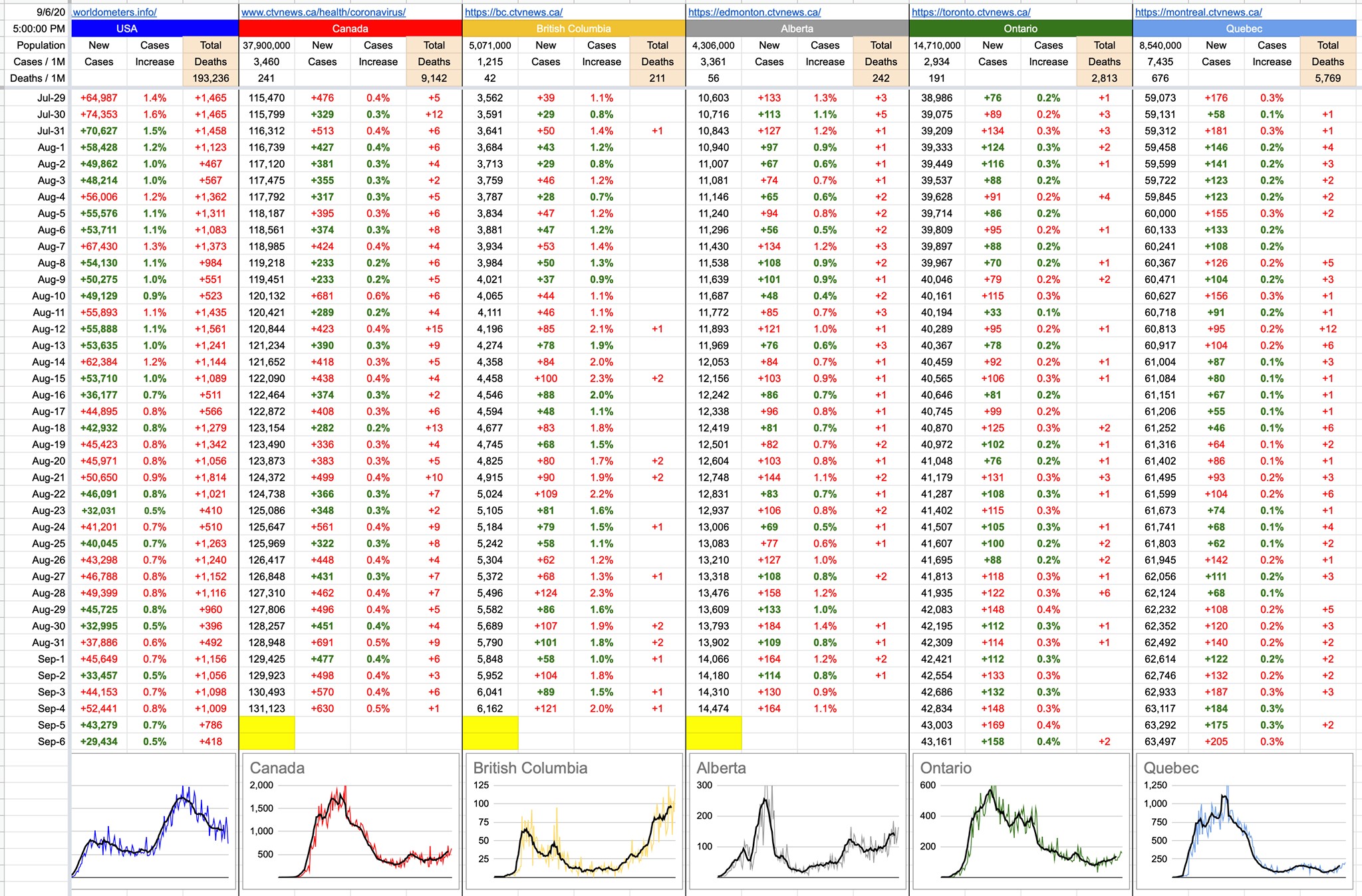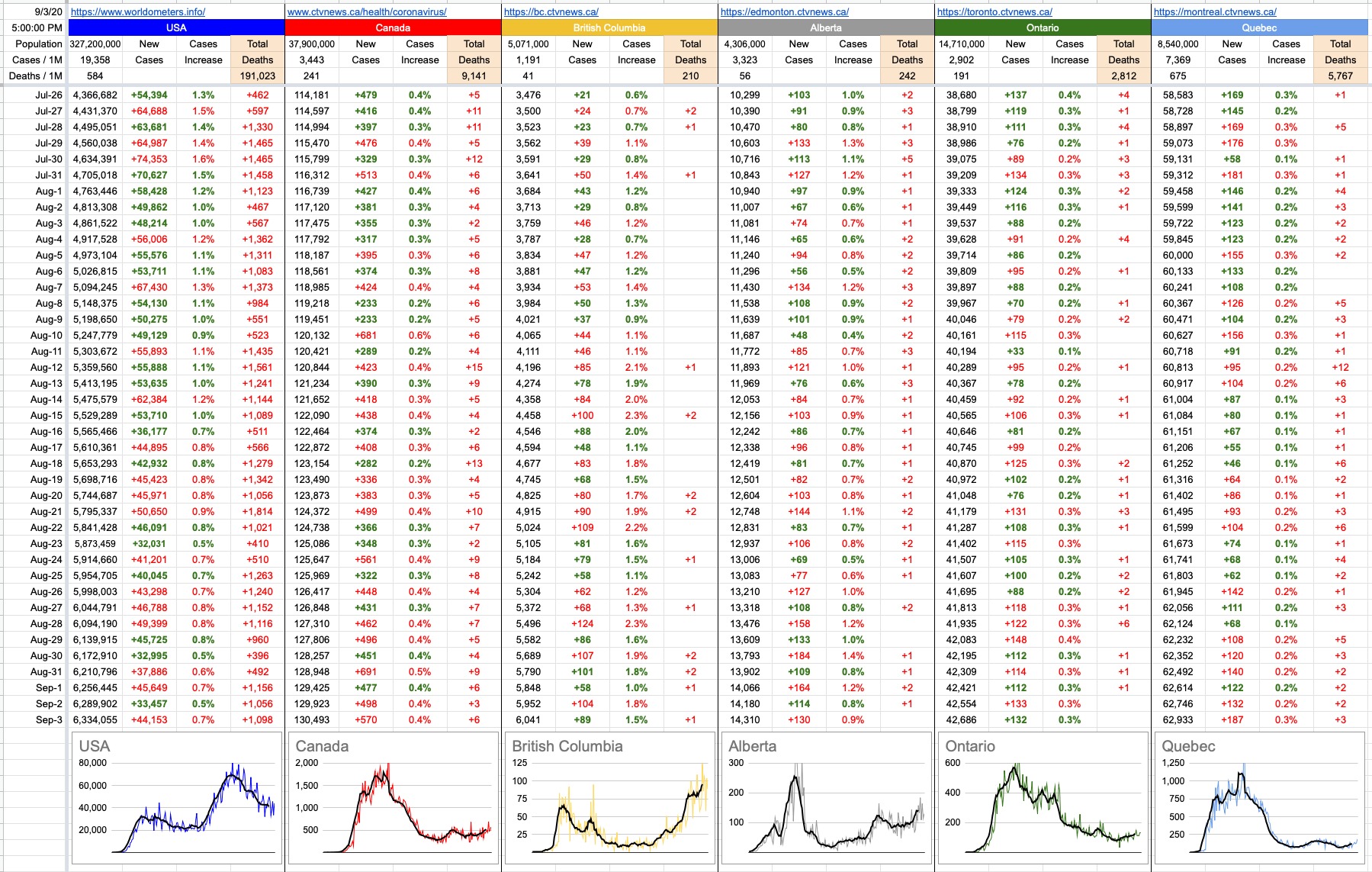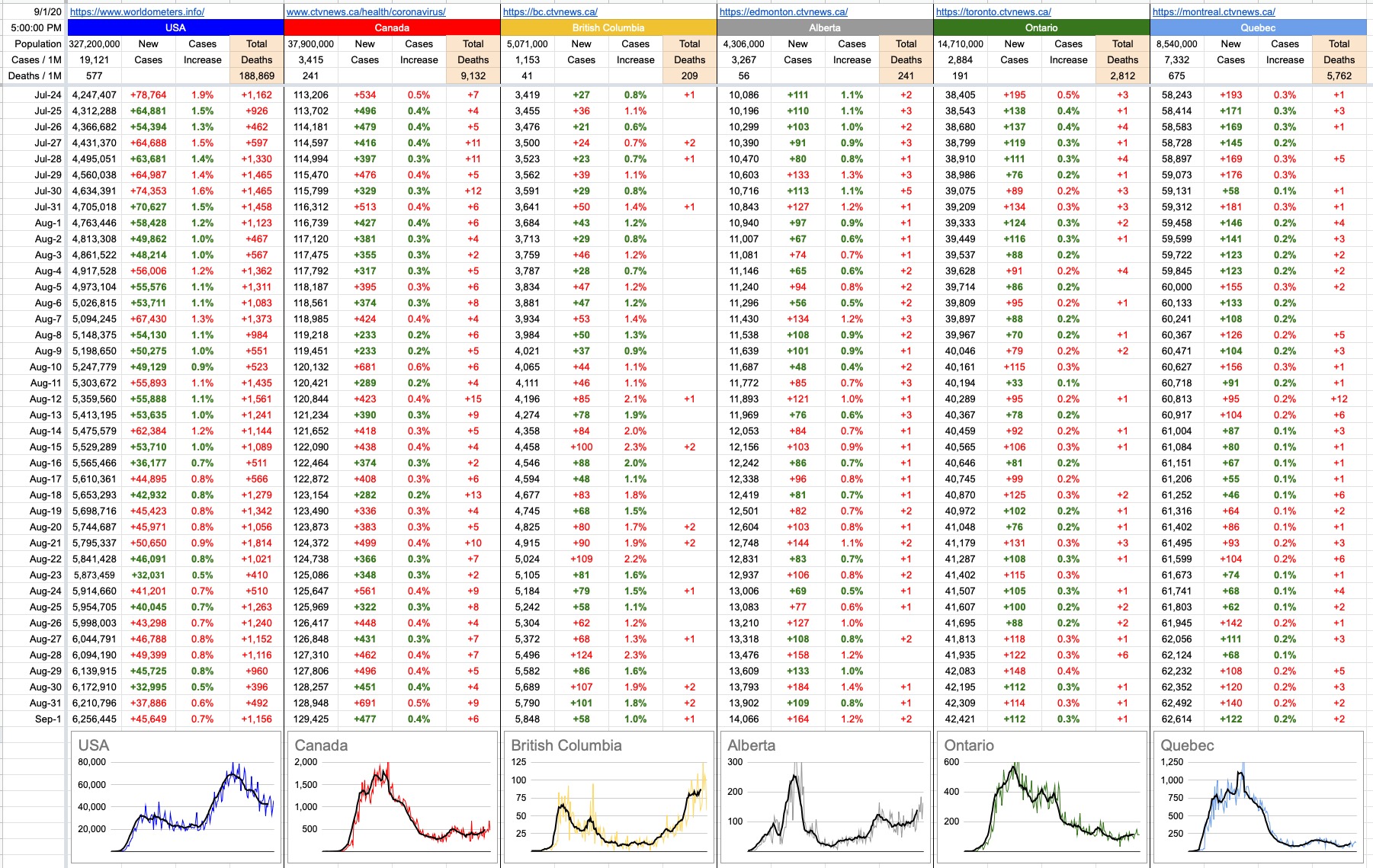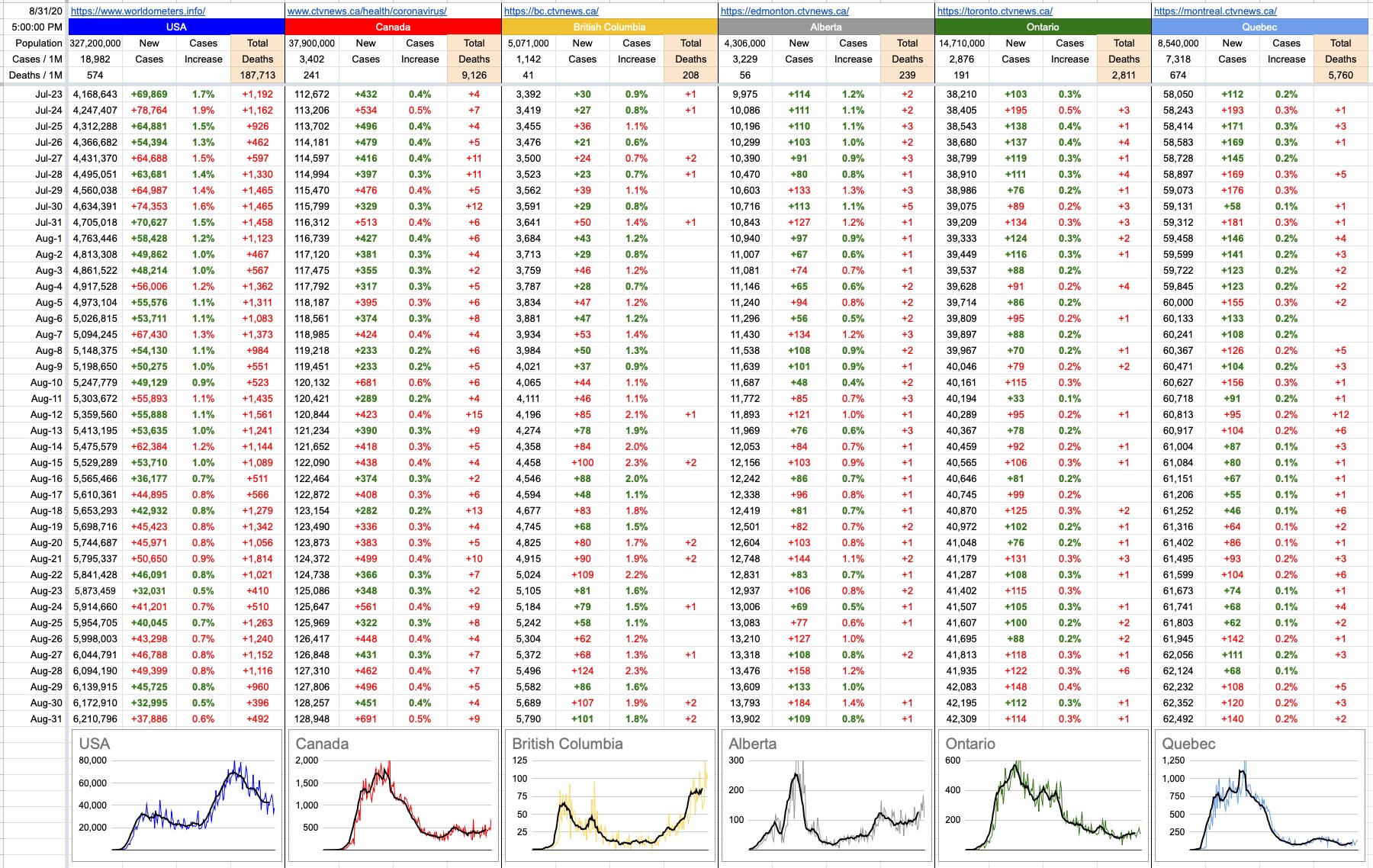If you’ve been around long enough and/or know something about hockey and/or Olympic history, you’re probably familiar with “The Miracle on Ice”. It happened back in 1980, at the Lake Placid Olympic Winter Games, where the Americans won the gold medal.
It all took place in the midst of the Cold War. The Soviet Union showed up with a veteran team of experienced superstars, who’d been crushing their opposition for years. They’d won the last 4 Olympic gold medals, and hadn’t lost an Olympic match in that entire time.
The Americans, on the other hand, showed up with a group of very young (average age 21) college players with zero NHL experience. A bunch of excellent amateur players… but way out of their league.
To make a long story short, in one of the most epic David vs. Goliath moments ever, the Americans defeated the Soviets and won the gold medal… but if you’re not too familiar with it all, you may not realize that when the U.S. beat the U.S.S.R., that wasn’t the game that won them the medal. They still had one more game to go, against Finland… and the winner of that game would win it all.
U.S. coach Herb Brooks (played by Karl Malden in the made-for-TV movie) was well-known as an excellent motivator, but he had his work cut out for him. After the mental and physical exhaustion from beating the Soviets, they had to dig down and find it all again, one final time.
Needless to say, Finland was no pushover. They were playing for the gold too, and it was Finland that had the lead, 2-1, going into the final period. The entirety of what Herb Brooks told his players during that 2nd-intermission break isn’t known… but the last thing he said to them was this:
“If you lose this game, you’ll take it to your f#@%ing graves.”
Then, he stormed out of the locker room… but, not quite. He stopped at the door, paused, turned around… and solemnly said, “Your f#@%ing graves.” Then he walked out.
Perhaps that was the differentiator. Who knows. Great coaches, great techniques, great ideas, great execution. The Americans scored 3 goals in the 3rd period, and the rest is history.
On a more recent but less important similar event, the Canucks, last night – facing playoff elimination and playing with a playoff-rookie goaltender… managed to get it done. A gutsy and well-earned victory. Who knows what head coach Travis Green said to them… and/or how relevant it was… but it worked out well. A very good team with a very good leader.
On the flipside of all that… the L.A. Kings, two weeks before the end of a disappointing 2015 season (having won 2 of the last 3 Stanley Cups, but now about to miss the playoffs…) locked their coach out of the dressing room. They’d had enough of Darryl Sutter… and by the time Darryl had managed to find a rink attendant to open the door, he was greeted by three garbage cans and an empty room. It wasn’t too long before he was fired.
On a much, much larger scale… like, a national scale… what happens when the team loses confidence in their leader? Usually, they vote him out. Unlike hockey, there’s no General Manager or President of Operations or Ownership Group to pull the trigger. In a democracy, it’s assumed that when the majority tells you it’s time to go, you go.
If you’re actually doing a great job, a tremendous job, a beautiful job, people tell you it’s the greatest job being done that they’ve ever seen… well then, they’ll simply vote to keep you around. And if they tell you they’ve had enough… it’s time to go.
I’ve never heard of a hockey coach refusing to leave after being fired. On the flipside, history is unfortunately full of elected leaders who weren’t happy being defeated and decided it was time for a “different approach” to stay in power. There are different versions of what that can look like, and none of them are pretty. And I sure hope I’m speaking purely hypothetically with respect to the near future.



